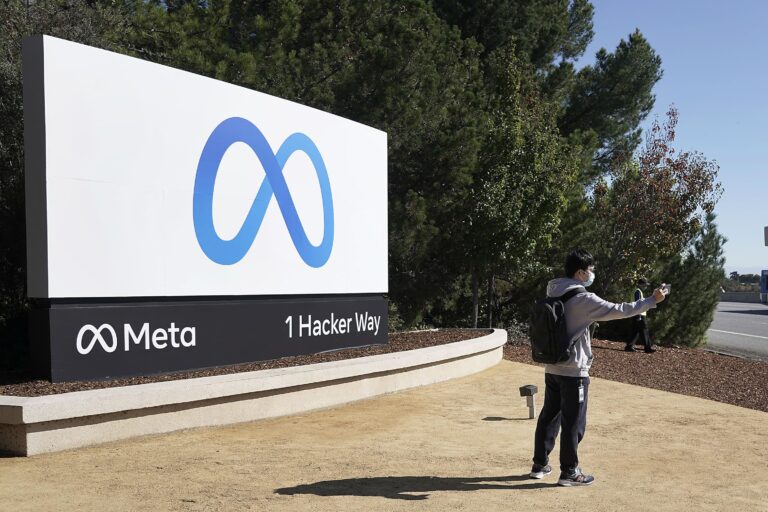Android Lollipop is still nowhere to be found.
- Despite being launched over 7 months ago, with availability for the last 4 months, Lollipop devices are still not appearing in the wild.
- Google’s own developer website revealed that in early January Kit-Kat (4.4) and Jelly Bean (4.3) were present on 85% of all devices visiting Google Play.
- However only 39% of these devices were using the latest version (Kit-Kat) and less than 0.1% of them were running Lollipop (5.0).
- In contrast within one week of general availability of iOS8, 33% of all iOS devices had made the upgrade.
- That figure stands at 70.4% as of today (Jan 11th 2015). (mixpanel.com)
- This is deeply troubling for Google as Lollipop represents a huge upgrade to the user experience with a new UI and 5,000 new APIs for developers.
- It also represents a big step forward for Google in terms of its strategy to make the Android user experience much more fun and easy to use.
- As it stands today, ease of use is the single biggest failing of Android and because Google’s ecosystem (GMS) runs on Android, it too is hobbled with the same problems.
- This puts the Google ecosystem at risk of losing market share if other offerings can offer an easier and more enjoyable experience.
- Hence the Microsoft ecosystem represents a threat to Google as it has a pretty good offering of Digital Life services and its experience is certainly easier and less frustrating to use.
- Furthermore, I believe that loyalty to the Android experience is low meaning that there is a willingness to switch should something more enticing be offered at a similar price.
- This is why Google must take more control over the Android user experience outside of its own ecosystem.
- Lollipop is supposed to be a first step in that direction, but its glacial progress into the hands of users is worrying.
- The main reason for this is that Google does not control when the majority of Android devices are upgraded to Lollipop or when the Lollipop devices are launched.
- I continue to believe that as time passes, Google will take more and more control of the Android software including how and when it is updated on devices that are already in the hands of users.
- This is very bad news for the Android device makers as Google is pushing them more and more towards being nothing more than commoditised hardware makers.
- This will make it very difficult for them to earn anything more than 2-4% EBIT margins unless they have huge market share.
- These are long term problems for Google that it has some time to fix as in the meantime its revenues from Android are continuing to grow strongly.
- Hence, Google is still in pole position to be the only real winner in Android but will have to work hard to hang onto Android’s current dominant market share.
- Google remains the only place to look at when looking for exposure to the ecosystems that exist on the Android OS.









Blog Comments
Tim Nash
January 13, 2015 at 9:26 pm
With little consumer demand for Lollipop and low margins, OEMs have little incentive to move on from Kit-Kat and Jelly Bean and even less to offer upgrades to Lollipop. If Google had kept Motorola it would have had a better chance of customers seeing the latest version of Android in the wild, as it is Google, if it wants Android to move forward, will probably have to reach a marketing arrangement with a major OEM to install the latest versions.
windsorr
January 14, 2015 at 4:12 am
Its the one stick that they have over Google. In all else Google rules the roost. I see Google moving to take control of software deployment.